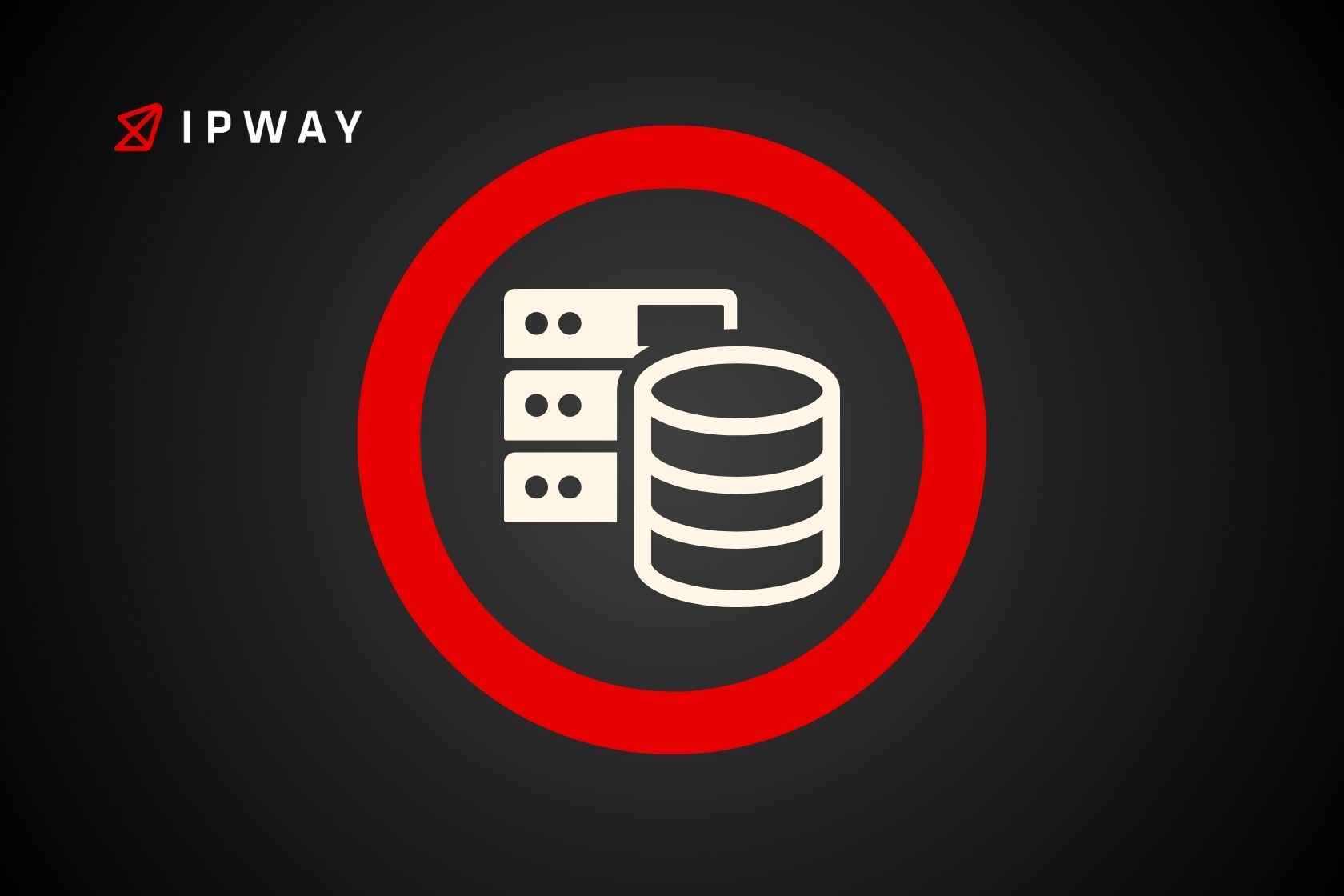During this era of technology and innovation data plays a crucial role in guiding business strategies determining product enhancements and shaping long-term plans. Successful utilization of data provides companies with an edge in the marketplace making the sourcing of data a vital activity, for organizations. However, the concept of data sourcing and its significance may not be immediately evident.
This piece explores the realm of data sourcing in depth discussing its relevance, various forms, application techniques and obstacles faced by businesses. Being a business executive or a data analyst or marketer means that knowing how to efficiently gather data is crucial, for achieving results.
What Is Data Sourcing?
Gathering data involves identifying and obtaining data from sources to meet the needs of an organization effectively. The main goal of data gathering is to collect reliable data that can be examined to produce practical insights. Whether you are creating a marketing strategy or enhancing customer support and operational efficiency ensuring that you gather data accurately will enable you to make sound decisions.
Businesses depend on a variety of data sources from within and outside their organization to create datasets that help them identify patterns, in the market and customer behavior to make better decisions.
Data Types in Sourcing
Knowing the kinds of data you can gather is crucial, for customizing your approach effectively. In general data collection can be categorized into two types: Firsthand Data and Secondhand Data. Each category comes with its qualities, benefits, and drawbacks.

Primary Data
Data that is termed as primary refers to information gathered firsthand by either an entity or a person for a purpose and is customized to the specific requirements of the organization involved in collecting it through means, like surveys or interviews.
Valuable insights can be gained from data as it provides tailored information based on your goals and preferences. It gives you the flexibility to customize the data collection process according to your needs and target audience. However collecting data can be a lengthy and costly process, especially when dealing with large sample sizes.
Secondary Data
Secondary data refers to information that has been previously gathered and studied by individuals or organizations and then shared with the public domain through various means such as government reports or academic research papers or industry related documents like white papers from reputable sources or even through paid subscriptions, to databases and market research reports.
One major benefit of using data is its easy access and cost effectiveness for organizations seeking information to support decision making processes swiftly and efficiently. However, secondary data may not always perfectly match an organizations requirements. Therefore, it is crucial to thoroughly evaluate its relevance and accuracy before relying on it completely.
Types of Data Sources
To successfully gather data for analysis purposes you need to have a grasp of its origins. In general, sources of data can be divided into two groups: Internal Sources and External Sources.
Internal Sources
Data coming from, within the organization is referred to as data sources and is typically collected during regular business activities and stored in databases or information systems to keep track of interactions, transactions and performance metrics.
- Transaction Records: Transaction sales data is essential, for understanding customer behavior and maintaining business operations.
- CRM Systems: CRM systems hold customer details like preferred purchases and communication records along, with demographic information.
- Website Analytics: Insights, into user behavior and customer engagement can be gleaned from analyzing web traffic data to assess website performance.
Advantages:
- High relevance to the business’s specific needs
- Immediate access, in time can often lead to faster decision making.
- Frequently available at no cost or, for a price since the data is produced during regular business activities.
Challenges:
- Limited Scope: Internal information alone might not offer context or broad industry perspectives.
- Data fragmentation: Integrating data can be challenging when systems are kept separate.
External Sources
Information from sources is acquired from sources outside the company such as industry studies, market research reports, government data and data extracted from websites. This external data aids businesses, in developing a comprehensive grasp of the market landscape, competitors and customer interactions.
- Public Data: Data from sources such as government agencies like census reports or economic data is readily accessible. Can offer valuable information, on market demographics and economic situations.
- Third-Party Vendors: Numerous companies provide paid access to information like industry standards data, competitors performance metrics or, in depth customer insights.
- Social Media: Social media sites provide insights into customer opinions and behaviors as well, as trends and competitive analysis.
Advantages:
- Enhances the depth of examination by presenting information that goes beyond the systems of the organization.
- Provides the ability to measure performance, against industry benchmarks.
Challenges:
- The information may not always be current. Tailored to the specific requirements of the company.
- Challenges may arise when merging with existing data systems.
- Factors, like expenses are crucial to take into account when dealing with premium datasets.
How To Define an Effective Data Sourcing Strategy
To make the most of data sourcing capabilities in organizations requires having a defined strategy, in place.A few essential considerations when developing a data sourcing strategy include:
Identify Business Objectives: Before gathering data for analysis purposes it is important to have an understanding of the goals your organization wants to accomplish first and foremost whether that involves enhancing customer happiness boosting financial performance or expanding market presence Your data collection strategy should align with these objectives in order to obtain the necessary information, for achieving them effectively.
Determine Data Requirements: To achieve your goals effectively you must determine the kind of information needed for the task at hand; For example when creating a product you may require direct feedback from customer surveys whereas for competitive research utilizing data, from industry reports could be sufficient.
Choose the Right Data Sources: Evaluate the data sources within and, outside your organization to determine their adequacy for your needs. Decide if the internal data sources offer information or if you need to obtain external data. When utilizing sources of data make sure to confirm the trustworthiness and precision of the data provider.
Establish Data Collection Methods: Determine the approach for gathering data. Data collection methods may include surveys or experiments while secondary data can be obtained from sources, like published reports or web scraping tools.
Ensure Data Quality and Compliance: Good data quality is crucial for analysis; establish a system for assessing the quality of data to guarantee its cleanliness and relevance while avoiding biases in particular. Likewise, it’s vital to adhere to regulations such, as GDPR, HIPAA and CCPA when dealing with sensitive information.
Analyze Costs and ROI: Acquiring data frequently comes with expenses; whether its the cost of conducting surveys or buying datasets or keeping data collection systems up and running efficiently is crucial to balance these expenses with the return, on investment (ROI).
Data Sourcing Methods
Different ways exist for organizations to gather data based upon the type of data and the objectives of the analysis.
Surveys and Interviews: Questionnaires are widely used to gather information and insights from a particular group of people, in business settings to understand customer behavior and preferences better.
Web Scraping: Using bots or software tools to extract data from websites is known as web scraping. It is commonly used for tasks such, as intelligence gathering, content aggregation and monitoring prices on a regular basis.
Application Programming Interfaces (APIs): APIs create a link to outside data sources that businesses can tap into programmatically on various platforms like social media sites and online stores as well, as government databases.
Purchasing Data from Vendors: When companies require data but do not have the means to gather it independently they opt to buy data from third party suppliers as a practical solution. Several businesses are experts, in offering notch pertinent data customized for particular sectors or requirements.
Data Partnerships: Businesses may also establish agreements to share data with collaborators.This collaboration allows both sides to utilize information that they would not have had access, to otherwise resulting in advantageous revelations.
Challenges to Face When Sourcing Data
Gathering data can be quite complicated and presents its own unique difficulties:
Data Privacy and Compliance: Regulatory requirements such as GDPR and CCPA impose strict guidelines on how businesses can collect, store, and use data. Non-compliance can lead to legal consequences, including fines and damage to reputation.
Data Quality Issues: Poor quality data may result in conclusions.It is essential to ensure that data is accurate and pertinent, in order to make informed choices.
Data Integration: Blending information from origins can pose a challenge, for organizations when dealing with diverse data formats; hence the importance of establishing smooth data integration processes to facilitate analysis seamlessly.
Security Risks: Dealing with extensive amountsof data particularly when it involves sensitive details demands strong security protocols to safeguard against potential risks. Incidents, like data breaches not lead to monetary losses but also harm a companys reputation.
High Costs: Acquiring data from sources, like exclusive databases can come with a hefty price tag. It’s crucial to weigh the expenses of obtaining data against the benefits it offers to the company.
Conclusion
In todays business landscape getting the right data is key. Knowing where to find it the hurdles we may face helps companies make moves. With a data collection plan businesses can gather insights make informed decisions and pave the way, for progress and prosperity.
Are you looking to scale your web scraping projects and avoid IP blocks? IPWAY offers top-tier proxy solutions that can help you scrape Bing and other search engines with ease.
